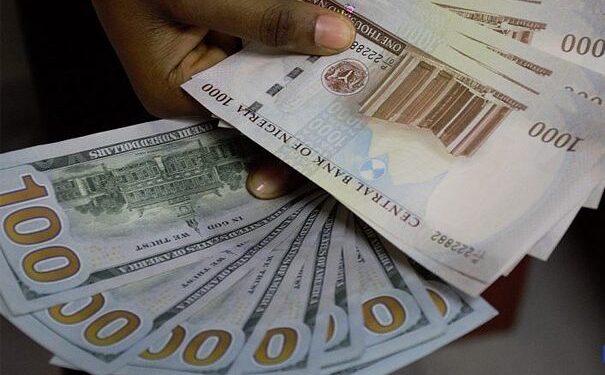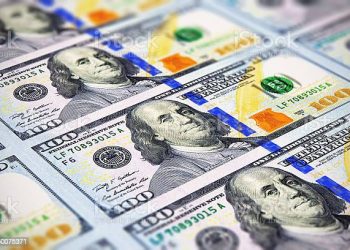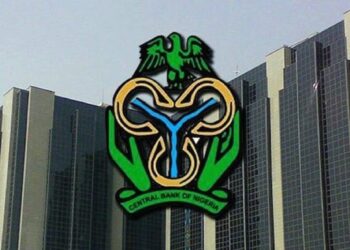The Nigerian economy faces persistent structural challenges that hinder the naira from capitalizing on the recent decline of the US dollar, despite the dollar index hitting its lowest point in two months.
Pressure on the naira persists as black market currency speculators exert influence following the Central Bank of Nigeria’s (CBN) second postponement of its Monetary Policy Committee (MPC) meeting since Governor Olayemi Cardoso’s appointment in September. The delay raises concerns about efforts to bolster the country’s currency, which has experienced a more than 50% devaluation this year.
The next MPC meeting, initially scheduled for Monday and Tuesday, has been delayed, leaving uncertainties about the naira’s future trading band, the resolution of FX backlogs, and potential liquidity injections into the market undisclosed by Governor Cardoso.
The naira’s intraday high of N1138 in the Peer-to-Peer (P2P) market on Tuesday significantly diverges from the official market rate. FMDQ data indicates a drop in rates from N791.75 per dollar on Friday to N750.14 per dollar on Monday.
Despite President Tinubu’s move to lift currency controls, simplifying access to foreign currency through a single exchange rate has not materialized, disappointing investors.
JPMorgan’s end-of-2022 estimate reveals Nigeria’s net foreign exchange reserves at $3.7 billion, significantly below previous projections. In August, the National Economic Council disclosed a meager $473,755 in Nigeria’s crude excess account, a stark contrast to the $20 billion peak in 2008, when the government withdrew dollars to support the naira and budgetary spending.
While the US dollar continues its downward trend, hitting a two-month low of 103 points in the dollar index, the lack of clarity on potential interest rate cuts by the US Federal Reserve keeps traders vigilant. The Fed’s recent dovish remarks supporting a softer dollar have not fully influenced market pricing, leading to speculation about a pivot interest rate phase.
Market experts suggest that the meeting minutes are unlikely to significantly impact the US dollar. The dollar index, which entered a correction trend in September and October, faces downward pressure, heading toward the main support zone in the 102.5–103 band. The negative outlook persists as geopolitical tensions rise, and investors maintain an increased risk appetite.
As the naira grapples with structural impediments and the dollar faces uncertainties, the question remains: Can Naira Ever Compete with the Dollar?











